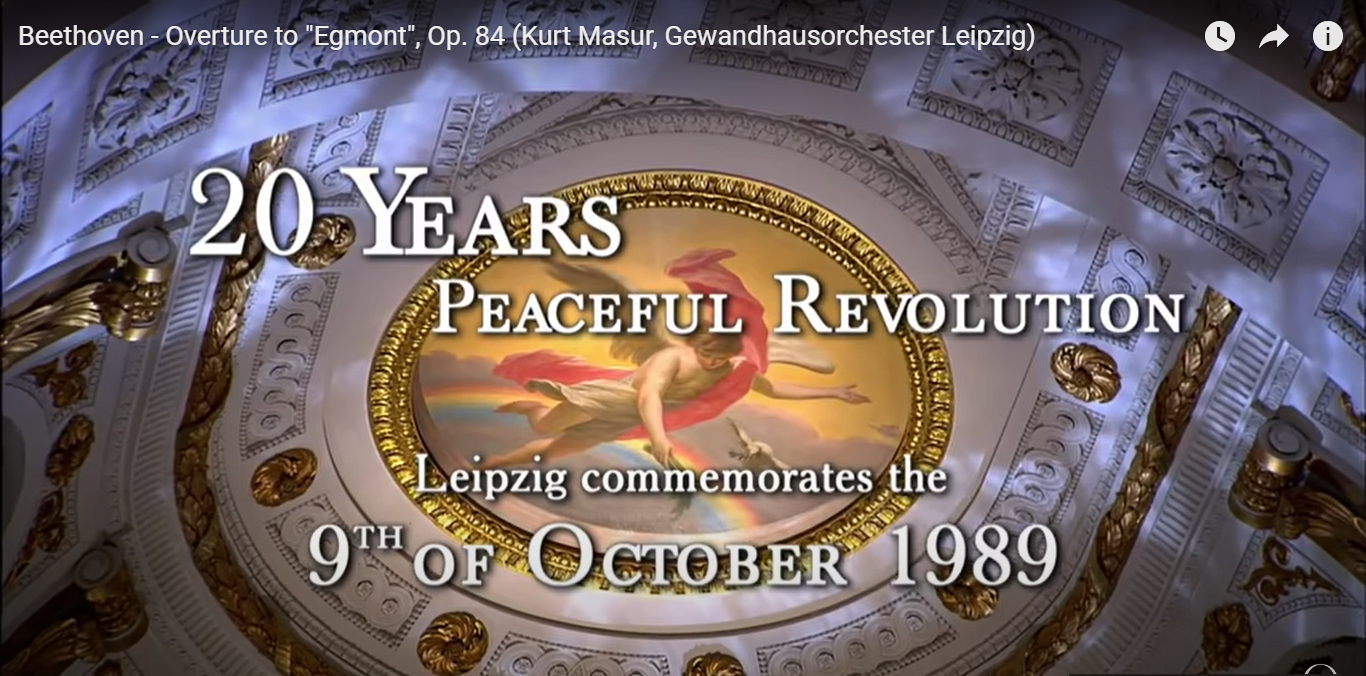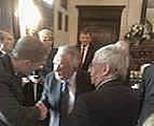|
The Berlin Wall (the frontier) was a physical barrier separating West Berlin from the German Democratic Republic (GDR) (East Germany), including East Berlin. The longer inner German border demarcated the border between East and West Germany. Both borders came to symbolize the Iron Curtain between Western and Eastern Europe.
On the 9th of November, 1989, the Border separating Western from Eastern Germany was effectively opened. The following days were most unusual for the whole of Germany - considering the usual German ways, one could almost speak of anarchy: Shops stayed open as long as they wanted (the usual, mandatory closing time was 6:30pm in 1989), a GDR passport served as a free ticket for public transport, and in general there were more exceptions than rules in those days. Of course, Berlin was in the focal point of these changes. The Fall of the Berlin Wall, which will always be used as a symbol for the end of the Cold War, made the "West" available in the middle of the "East", resulting in widespread chaos. Later - much later - normality took hold again.
Later, the bickering started, and later, there was talk of a "wall in the heads". But during the November of 1989, almost everyone was overwhelmed by happiness - a national and emotional exception. The wall separated East Germany from West Germany for more than 25 years, from the day construction began on August 13, 1961 until it was opened on November 9th, 1989. During this period, at least 136 people were confirmed killed trying to cross the Wall into West Berlin, according to official figures. However, a prominent victims' group claims that more than 200 people were killed trying to flee from East to West Berlin. The East German government issued shooting orders to border guards dealing with defectors; such orders are not the same as shoot to kill orders which GDR officials denied ever issuing.
When the East German government announced on November 9, 1989, after several weeks of civil unrest, that all GDR citizens could visit West Germany and West Berlin, crowds of East Germans climbed onto and crossed the wall, joined by West Germans on the other side in a celebratory atmosphere.
Over the next few weeks, parts of the wall were chipped away by a euphoric public and by souvenir hunters; industrial equipment was later used to remove almost all of the rest of it. The fall of the Berlin Wall paved the way for German reunification, which was formally concluded on October 3, 1990. |

